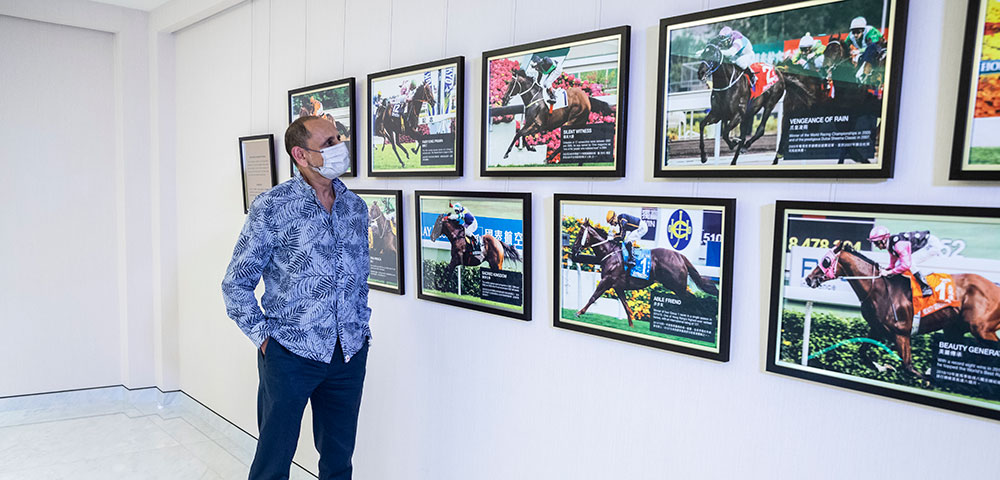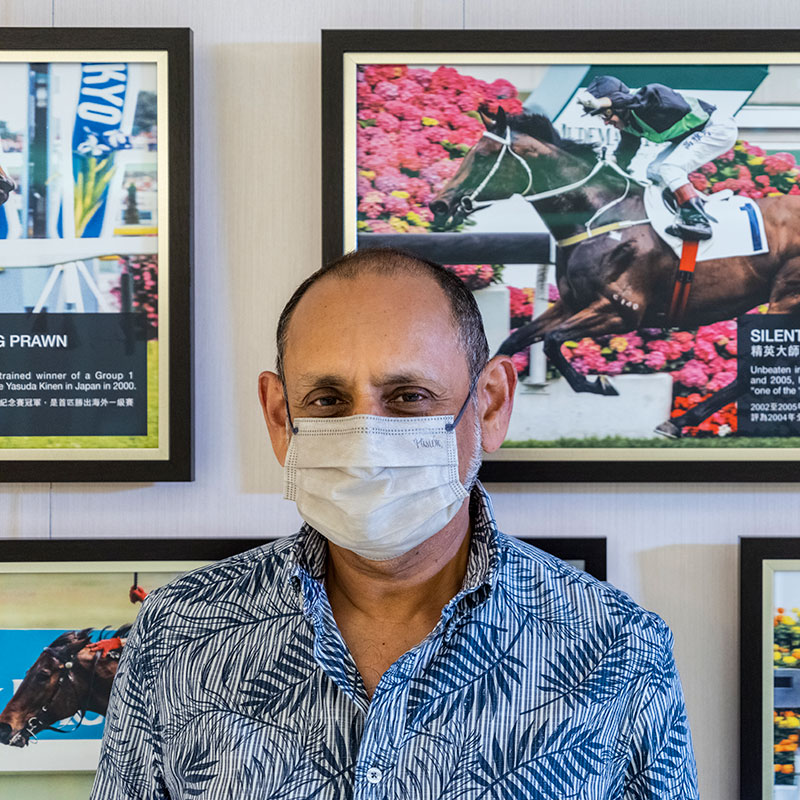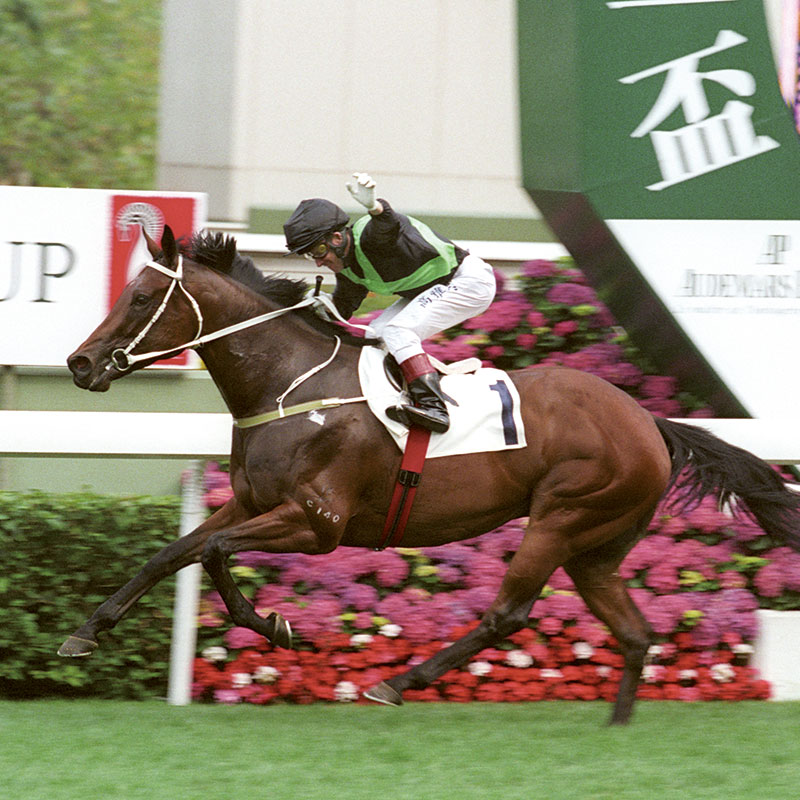Others
Bearing witness to a Hong Kong great
Zoher Abdoolcarim : “It’s not something you’d expect TIME to do, to pay tribute to someone who’s not human.”
Shortly after the turn of the millennium, an unheralded Australian bay racehorse called Silent Witness arrived in Hong Kong. He soon took the city by storm, sweeping all before him as he achieved 17 consecutive wins and became the world’s top sprinter in 2004 and 2005. Along the way he was featured, unusually for a racehorse, in TIME magazine. Not once, but twice.
“It’s not something you’d expect TIME to do, to pay tribute to someone who’s not human,” says Zoher Abdoolcarim, former Asia editor of TIME. “The magazine has covered horseracing very rarely but it has over its history, and it has been a situation where the subject resonates in a wider context beyond the sport itself.”
In 2004, TIME named Silent Witness one of the “100 Most Influential People” in the world. Three years later, Zoher paid homage to the local hero in the magazine after he ran his last race.
“We didn’t want to let that moment pass without recalling his accomplishments and what he had meant to Hong Kong,” recalls Zoher.
Silent Witness shot to prominence in 2003 – the year of SARS – as he began an incredible rise to the top. His three irrepressible wins overinternational rivals, twice in the Hong Kong Sprint and once in Japan, made him a global superstar. His exceptional drive and fighting spirit, meanwhile, gave Hongkongers hope in difficult times.
“Like Secretariat and Seabiscuit, people just knew about Silent Witness, even if they weren’t racing fans,” says Zoher. “He helped lift up the community.”
Secretariat, the legendary U.S. Triple Crown winner, graced the cover of TIME in 1973. Seabiscuit was an inspirational racing hero during the Depression years in the United States.
When Silent Witness retired in February 2007, Zoher says, he simply had to write a story to mark the end of an era. Born and raised in Hong Kong, Zoher fell in love with horses as a child when his family moved into an apartment overlooking Happy Valley Racecourse.
“I love the beauty of the sport and of the equine athlete. I just love watching horses go around,” explains Zoher, who today owns and races thoroughbreds in Australia.






